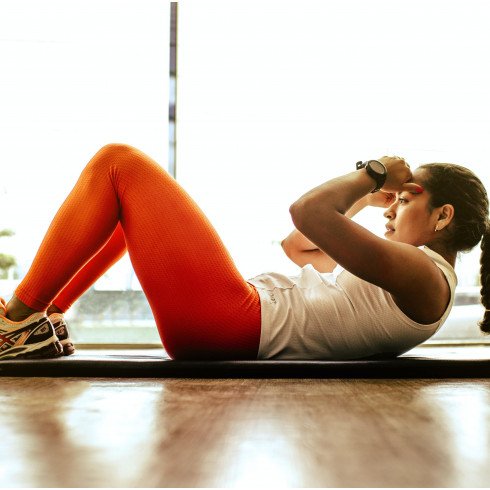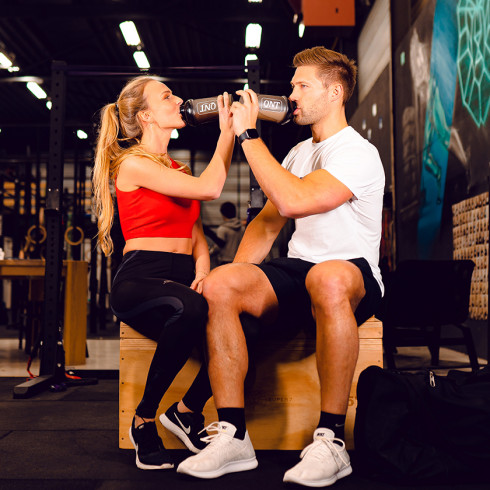Weights, machines or bars?
This is a question asked many times: What works best? Weights, machines or bars? Let's try now to highlight the advantages of each way of working.
At the beginning of bodybuilding, there were only bars and weights. The bars consisted of 2 balls of metal more or less heavy and you could not change the weight. To take more weight, it was necessary to change the bar entirely. The "strong men", in circuses and fairs held high above their head this solid bar with these 2 symmetrical balls. This is an image that you surely have already seen. The dumbbells too were made in the same way, but smaller. Only after appeared the pulleys that allowed to add a range of complementary exercises. The goal was always more strength than muscle volume.
With the appearance of the first machines came also other objectives, such as volume. If you look at the old photos of the first bodybuilding competitions, you will see this transformation of the leaders of the discipline over the years. At first it was just strong and handsome men, after they were asked more and more volume, and the muscular definition became a must.
To allow the muscles to define themselves, it was necessary to allow them to work with more specific programs and therefore with other instruments: We separated weightlifting, power-lifting and bodybuilding. As the work of these 3 disciplines is different, programs and instruments have been adapted to each discipline.
The bars always seem the basic work, because they allow to work a whole series of small muscles which will intervene to keep the balance of the raised weight but which are not useful during a work with machine, because it does not require balance work, it has its own balance and stability. The dumbbells are even more work at the level of balance since each arm is independent. So it would be logical to be able to take heavier bar than dumbbell and heavier machine than bar. Nevertheless, on a machine, other elements intervene, because the lever arm can increase or decrease the difficulty. One machine is not the other and when one hears saying: "I lifted 400 kg to the leg press! ".. One can ask the question to know what it means ... Sometimes, this same person does not know how to lift 100 kg squat .. So the performance is really not the purpose of a machine. The machines help the muscle to work. They are also very useful for injuries: they avoid working small muscles that could be damaged when there’s too much load to balance.
The weight feels differently on a machine, a barbell or dumbbells. Indeed, when you lift a bar or dumbbells, your movement seems hard at first and gradually easier. So weight is more important at the beginning of the movement than at the end. This also depends on the inclination to the ground. Because the difficulty will also depend on the real weight which results in a constant perpendicularity to the ground .. The gravity ......
On a machine, the weight is the same from the beginning to the end of the movement. The tension of the muscle does not change and you can more easily focus on your muscle and work.
In conclusion, there is no better workout .. a complete muscle should work equally well on weights, bars or machines. It all depends on the athlete's situation, goal and condition: You have to value every workout and be aware of what you are doing and why you are doing it. Try to vary the exercises, to surprise your muscle so as not to get used to the same routines, it will progress more and better.
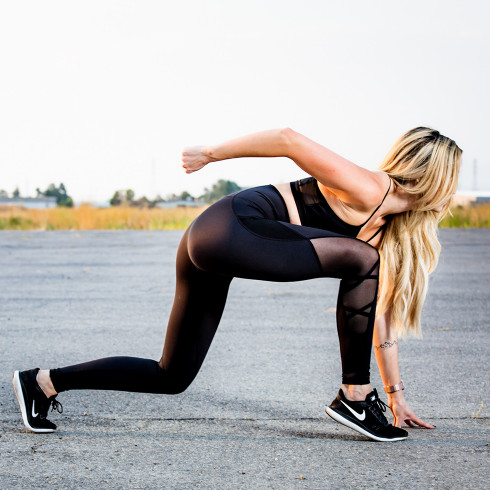 Looking thinner but at a heavier weight? Is that possible?04/10/2021Posted in: Our tipsAdvertising has shaped our thinking! We have been forced for years to believe that losing weight is the key to having...Read more
Looking thinner but at a heavier weight? Is that possible?04/10/2021Posted in: Our tipsAdvertising has shaped our thinking! We have been forced for years to believe that losing weight is the key to having...Read more Proteins for weight loss !29/12/2023Posted in: Our tipsDive into the fascinating world of proteins and their key role in weight loss. Discover how to choose the best...Read more
Proteins for weight loss !29/12/2023Posted in: Our tipsDive into the fascinating world of proteins and their key role in weight loss. Discover how to choose the best...Read more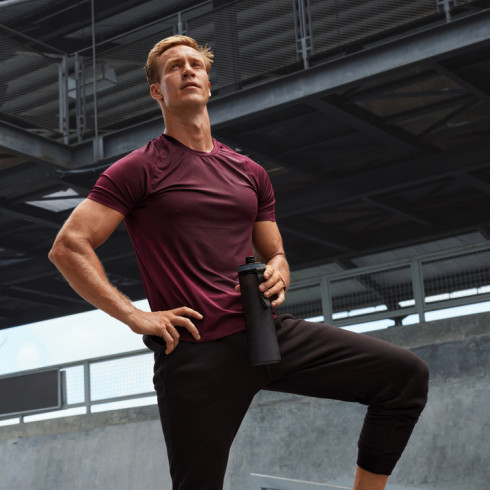 Which foods boost testosterone levels ?07/05/2021Posted in: Food supplementsTestosterone, often associated with virility, has much more to offer than you might think. It plays a crucial role in...Read more
Which foods boost testosterone levels ?07/05/2021Posted in: Food supplementsTestosterone, often associated with virility, has much more to offer than you might think. It plays a crucial role in...Read more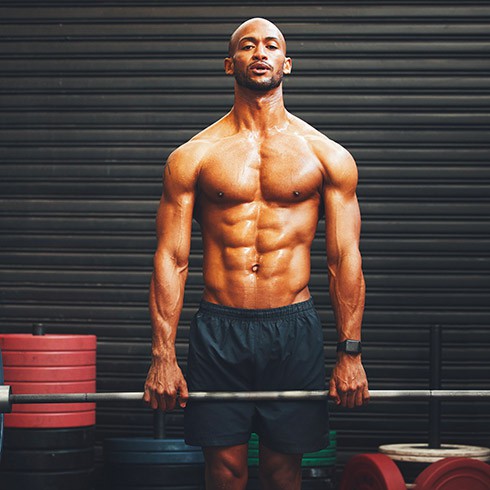 10 BENEFITS OF GLUTAMINE.02/01/2024Posted in: Our tipsDiscover the power of L-glutamine, an underrated superhero in the world of amino acids! Essential for revitalizing...Read more
10 BENEFITS OF GLUTAMINE.02/01/2024Posted in: Our tipsDiscover the power of L-glutamine, an underrated superhero in the world of amino acids! Essential for revitalizing...Read more Is there a link between sex and sport?14/11/2019Posted in: LifestyleMany have already asked questions about sex and sport. Most of the time, people want to be reassured by the many...Read more
Is there a link between sex and sport?14/11/2019Posted in: LifestyleMany have already asked questions about sex and sport. Most of the time, people want to be reassured by the many...Read more.jpg)
